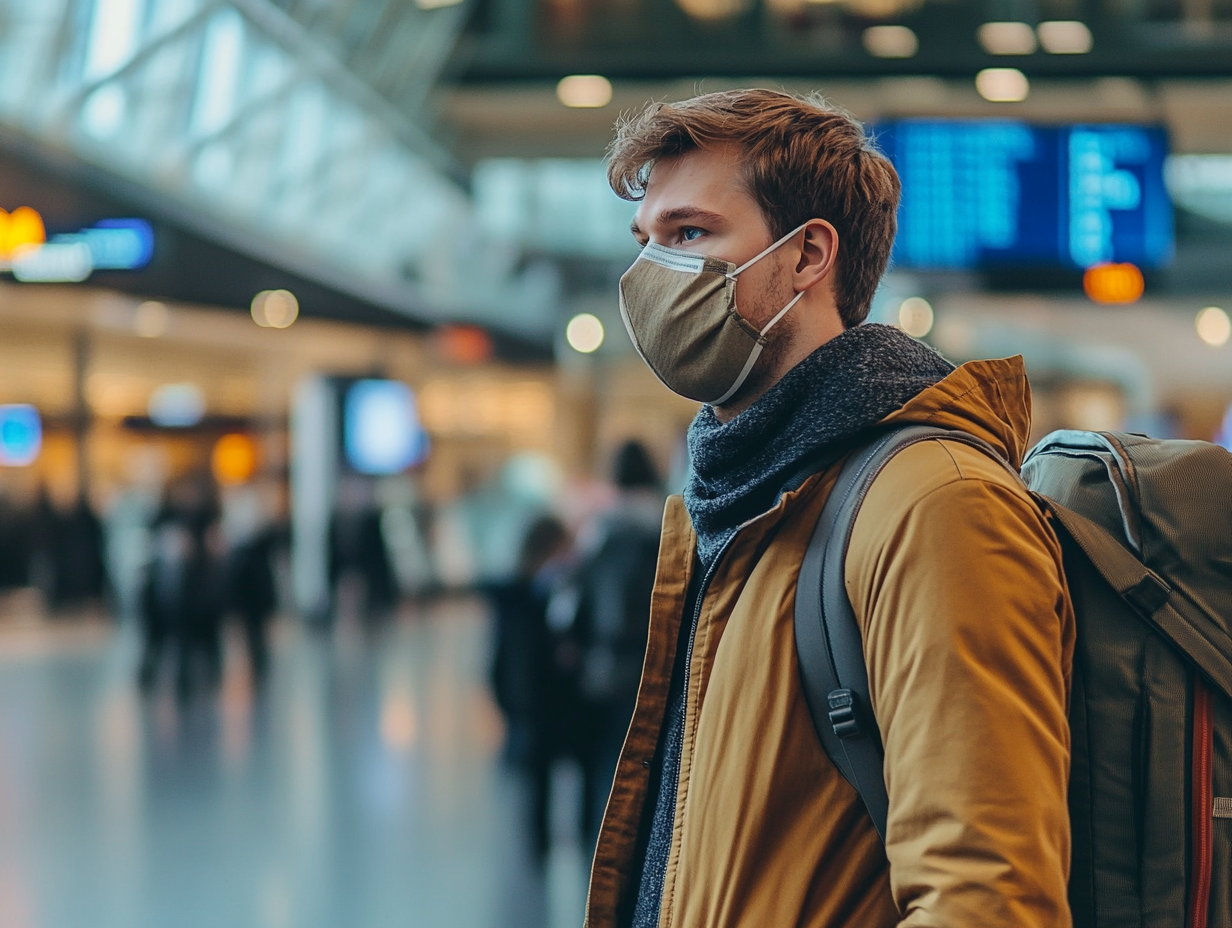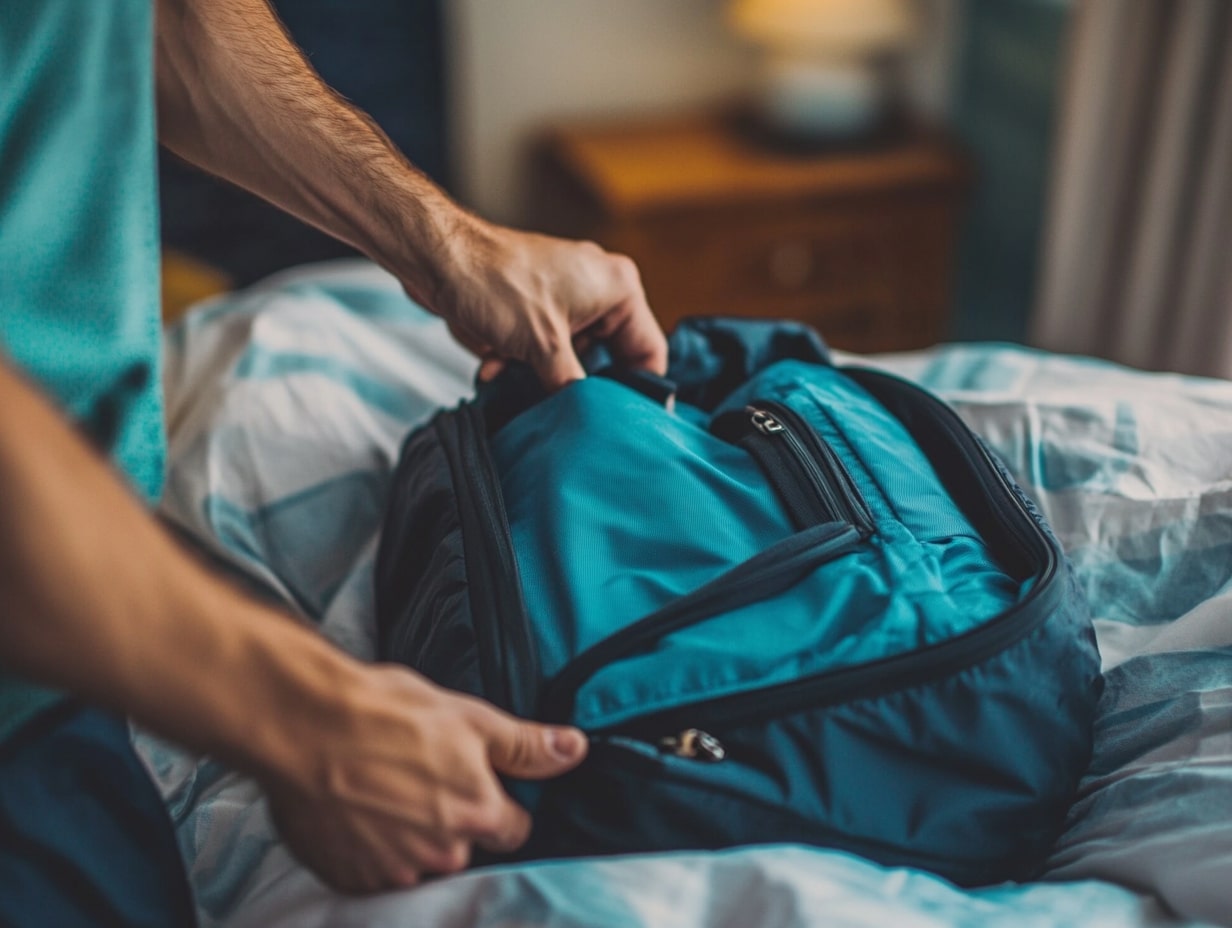Packing light can be a challenge, but it’s achievable with smart strategies. The article suggests creating a capsule wardrobe by mixing and matching clothes. Organizing space with compression bags, using travel-sized toiletries, and planning outfits beforehand are also crucial. Limiting shoes and packing laundry items further contribute to a lighter, more comfortable trip.
Packing is the most painful part for every traveller. The need to take anything and everything thinking of the “what-ifs” makes packing a difficult task. Everyone is constantly bugging the travellers about packing light, not taking extra luggage, and a lot more but no one ever tells you how to pack light or pack a carry-on instead of a heavy suitcase.
Today, we are going to make your life easier as we have curated the perfect list for you:
A Capsule Wardrobe
This means that travellers only pack those clothes that can be matched with more than one item. This helps save both money and space. For example, if they are going to a beach destination, pack one or two pairs of shorts and several tees or tops that can go with them. There is no point carrying a thousand clothes when you can just mix and match stuff.
Organize Space
Distribute clothes and other accessories into different bags and then compress those bags to reduce as much space as possible. This will also help avoid mixing clean and dirty clothes. Travellers can also put socks in their shoes to save space. Even rolling their clothes and stacking them neatly will help.
Avoid Using Big-Sized Toiletries
Travellers should avoid taking big bottles of toiletries. Instead, they should prefer squeezing them into smaller bottles for travel.
Certain airlines allow only a specific amount of liquids while travelling, so they need to check the amount their airline allows to avoid having their items thrown away.
Weigh Your Bag
Weighing your bag before travelling is always a good option to avoid paying extra charges for your baggage. It also helps in leaving behind unnecessary items at home.
Plan Each Outfit
Travellers should plan their outfits beforehand to avoid overpacking. Once they have an idea in their head about what they are going to wear each day, they can avoid all those items that are mostly unnecessary.
Pack Laundry Items
Travellers can also pack toiletries to wash their clothes during the trip. They can carry a small box of detergent sheets to wash small items and reuse them easily.
Limit Your Shoes
Rather than taking several pairs, just pack shoes that can be worn on different occasions and wear the bulkiest one while travelling. Shoes usually take up the most space in the luggage, so limiting them will really reduce the weight.
By using these simple tips, you can make your trip lighter and more comfortable! Happy holiday!



